Plant Galls Caused by Insects and Mites
Plant galls are formed from abnormal vegetative growth produced by a plant under the influence of an insect, mite, bacterium, fungus, or nematode. Gall formation involves an intimate association between the plant host and gall maker. Galls can be found on any part of the plant, but are most often observed as large, swollen growths on a leaf, petiole, twig, or branch.
Most galls are caused by mites and insects. Gall mites (Eriophyidae) are very small, usually white, sausage-shaped mites with only two pairs of legs. Gall mites are usually found in erineum galls and various types of pouch galls, often on the buds of leaves. Erineum galls consist of hair-like growths on the leaf surface (Figure 1), whereas pouch galls are pouch-like deformities that form in depressions in the leaf surface (Figure 2). Other gall mites cause deformities to flowers and buds (Figures 3 and 4).
The three major groups of insects that cause galls are aphids and their relatives, gall midges, and gall wasps. The aphid group includes aphids, phylloxerans, and psyllids. The aphid genus Pemphigus includes several species that form galls on the leaves or petioles of cottonwoods, aspens, and willows (Figure 5). The genus Phylloxera causes galls on the stems and leaves of pecan and grape (Figures 6 and 7). Common galls caused by psyllids, also known as jumping plant lice, are found on hackberry leaves and buds (Figures 8 and 9).
Gall midges (Cecidomyiidae) are a large group of small (usually less than 1/4 inch long), delicate flies that cause bud galls, blister galls, and galls on leaves and other plant tissues. For example, gall midges cause leaf spot galls, which are characterized by noticeable leaf discoloration (Figure 10), and vein pocket galls (Figure 11).
The most common group of gall makers are gall wasps. Most gall wasps belong to the family Cynipidae, but a few sawflies and chalcid wasps also cause galls. Gall wasps are most commonly found on oaks, but roses, maples, and other plants also serve as viable host plants. The galls they form may be located on any part of the plant, in diverse forms and shapes (Figures 12 through 15).
Most gall makers are of little economic importance. Some attack wild plants with no economic value, or are not harmful; however some gall makers can cause serious damage to economically valuable plants. A few mites and midges are serious pests of fruit trees, roses, and other flowers. Pecan and grape phylloxera are economic pests of pecans and grapes, respectively. A few gall wasps cause large, irregular galls on oak branches that can effectively girdle the branch and occasionally cause tree mortality (Figures 16 and 17). Plant galls can become common enough to make the plant’s appearance unattractive, which can limit the marketability of affected nursery plants.
Despite the visual impact that heavy gall infestations can cause, the relationship between the plant host and the gall maker is so nicely balanced that infested plants are rarely killed by the gall maker. This makes control of gall insects difficult and often unnecessary. Some varieties of a tree seem to be less susceptible to gall formation. Research suggests that less susceptible trees have leaves that open later in the season. Sometimes, the most effective control method is to prune out isolated infested plant parts and destroy them. Simply cleaning up and destroying infested leaves, twigs, and branches in the fall will help suppress an infestation. Some natural enemies may increase in number over time and exert some control. The most effective time to control gall makers with an insecticide/miticide is when adults are actively laying eggs (usually early spring, just as the plant resumes rapid growth and leaves begin to unfold). Applications may have to be reapplied two to three times over the course of a week or two, and coverage must be thorough. Once the galls begin to form, the insect or mite that is inside the gall is protected from contact or systemic insecticides, and gall formation cannot be prevented. Always follow label instructions for the safe, effective use of a pesticide. Specific chemical control suggestions can be found in OSU Extension Fact Sheet EPP-7306: Ornamental and Lawn Pest Control for Homeowners.
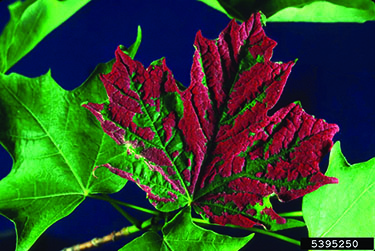
Figure 1. Crimson erineum gall on sugar maple. Photo by Ronald S. Kelley, Vermont Dept. of Forests, Parks, and Recreation, Bugwood.org.
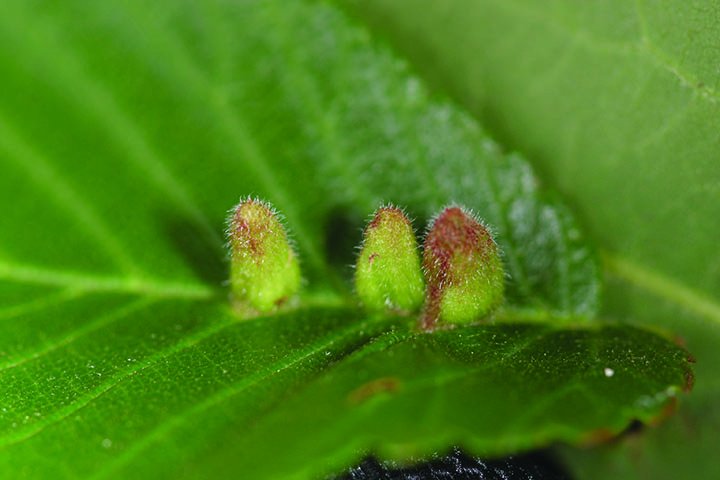
Figure 2. Elm finger gall. Photo by Tom Royer, Oklahoma State University.
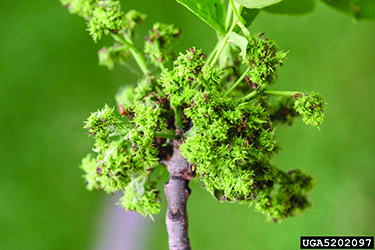
Figure 3. Ash flower gall. Photo by Steve Katovich, USDA Forest Service, Bugwood.org.
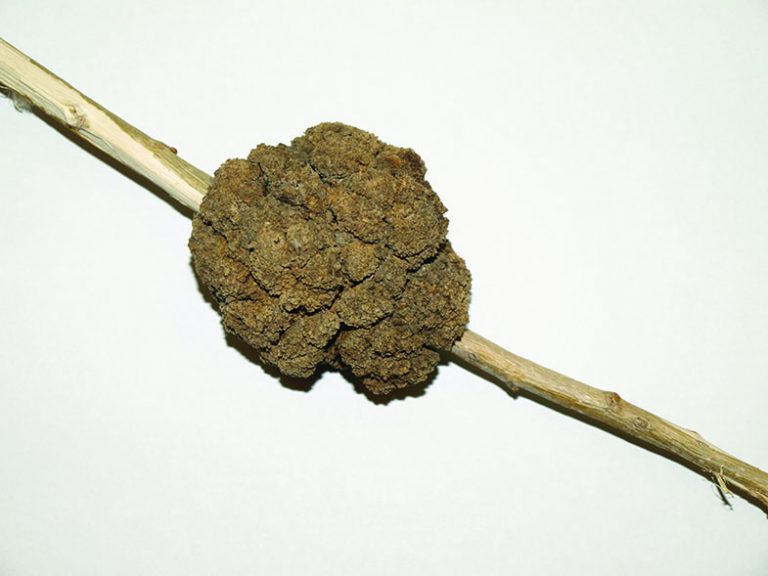
Figure 4. Poplar bud gall. Photo by Eric Rebek, Oklahoma State University.
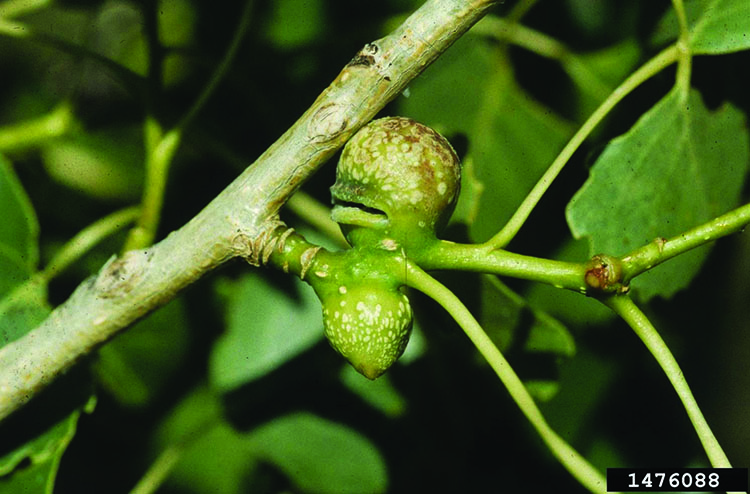
Figure 5. Poplar twig gall on cottonwood. Photo by Whitney Cranshaw, Colorado State University, Bugwood.org.
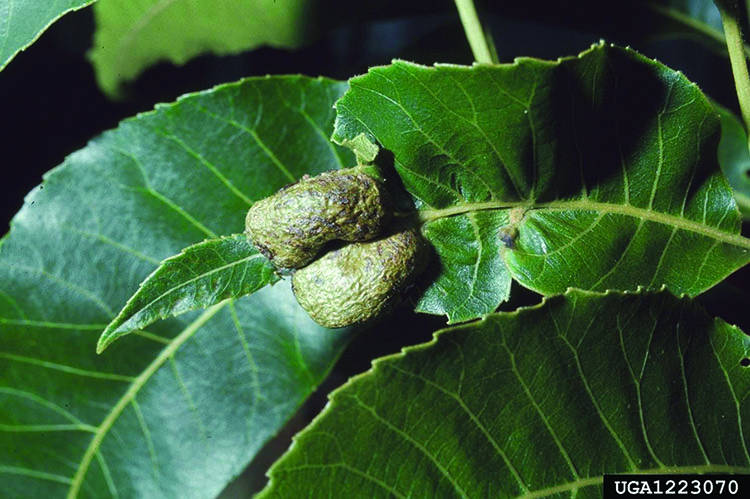
Figure 6. Pecan leaf gall. Photo by Louis Tedders, USDA Agricultural Research Service, Bugwood.org.
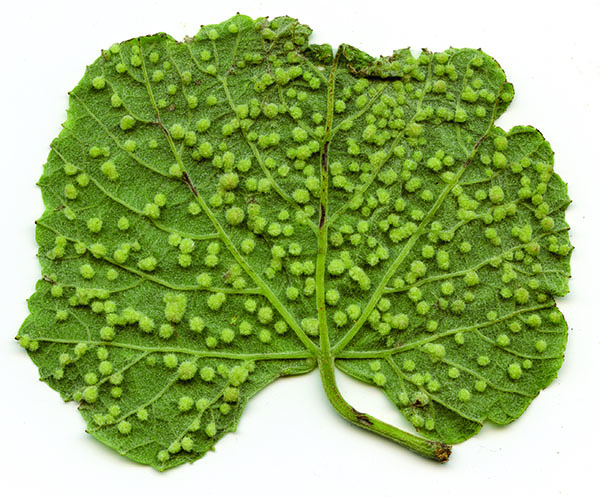
Figure 7. Grape phylloxera leaf galls. Photo by Rick Grantham, Oklahoma State University.
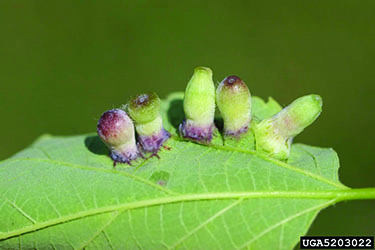
Figure 8. Hackberry nipple gall. Photo by Steve Katovich, USDA Forest Service, Bugwood.org.

Figure 9. Hackberry nipple gall (after adult psyllids emerged). Photo by Tom Royer, Oklahoma State University.
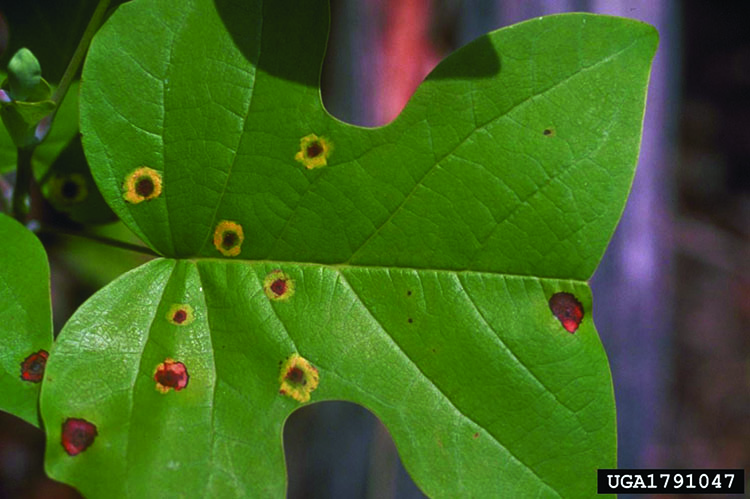
Figure 10. Tulip tree leaf spot gall. Photo by Lance S. Risley, William Paterson University, Bugwood.org.
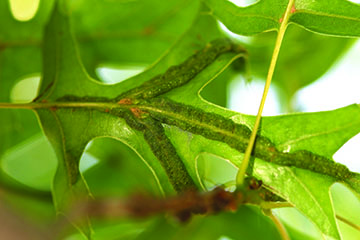
Figure 11. Vein pocket gall on pin oak. Photo by Tom Royer, Oklahoma State University.
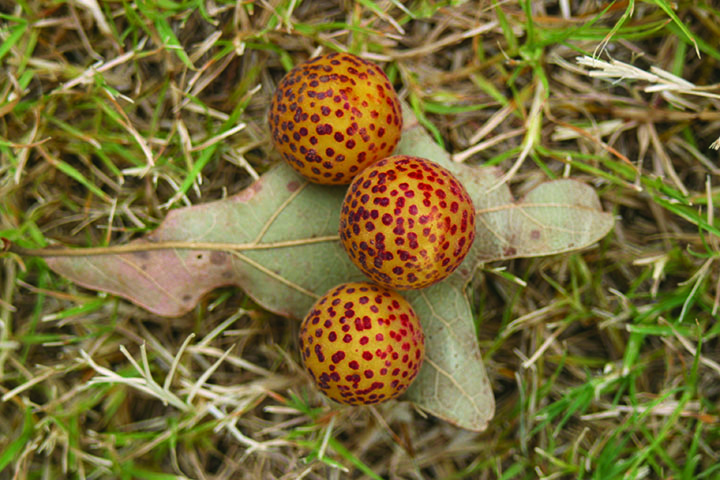
Figure 12. Speckled gall on oak. Photo by Tom Royer, Oklahoma State University.
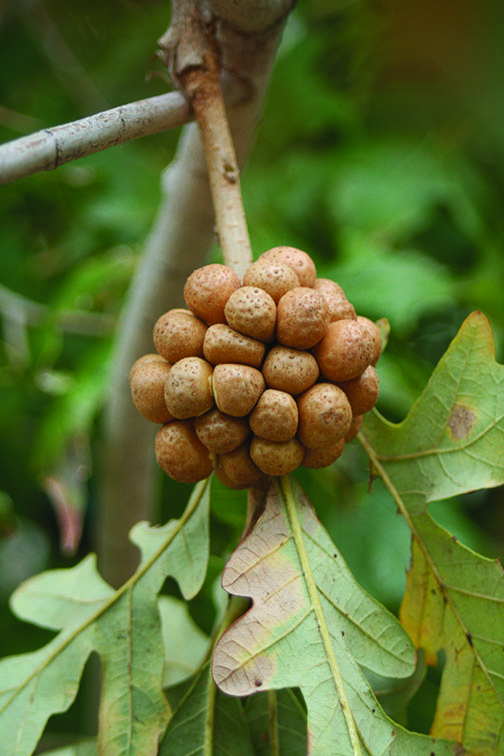
Figure 13. Bullet gall on burr oak. Photo by Tom Royer, Oklahoma State University.
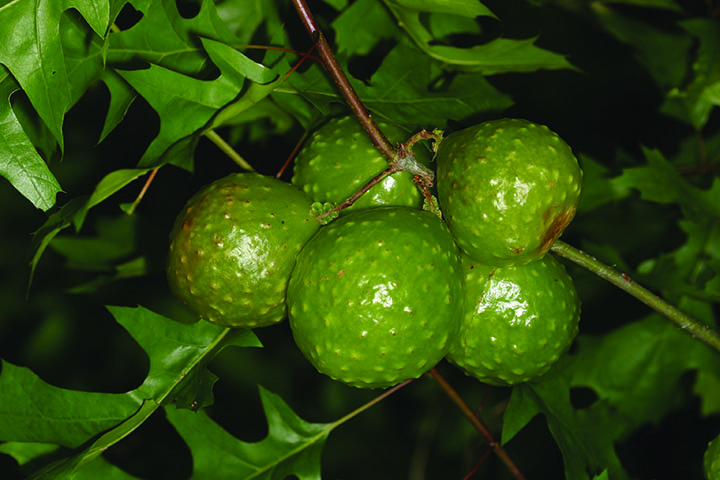
Figure 14. Oak apple gall. Photo by Tom Royer, Oklahoma State University.
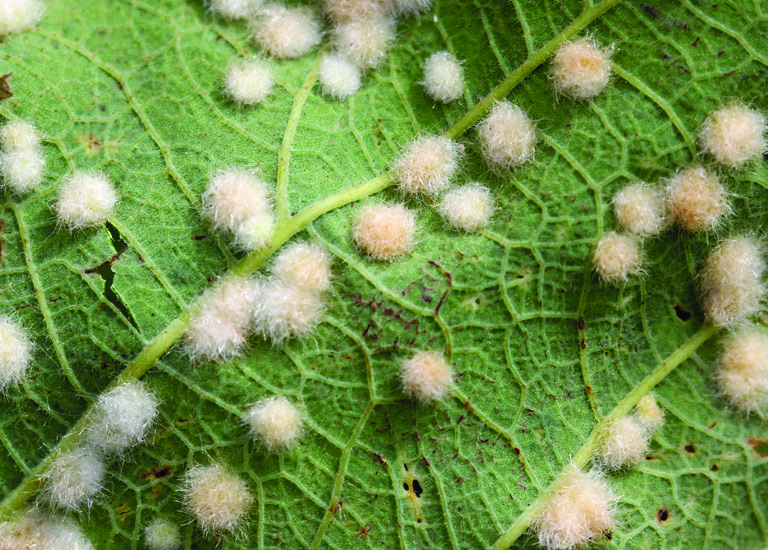
Figure 15. Woolly oak gall. Photo by Tom Royer, Oklahoma State University.

Figure 16. Gouty oak gall. Photo by Tom Royer, Oklahoma State University
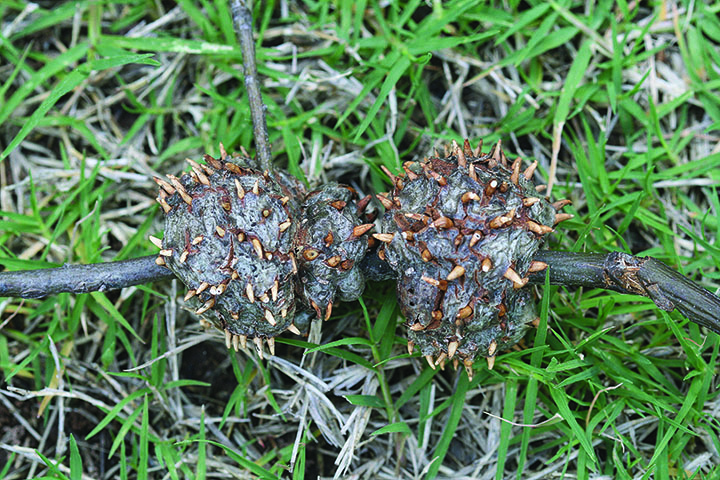
Figure 17. Horned oak gall. Photo by Tom Royer, Oklahoma State University.
Tom Royer
Extension Entomologist and IPM Coordinator
Eric Rebek
Associate Professor and State Extension Specialist
